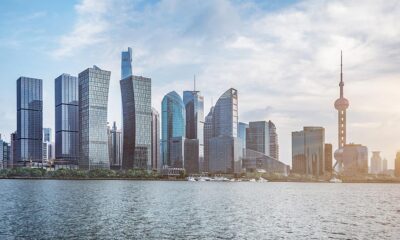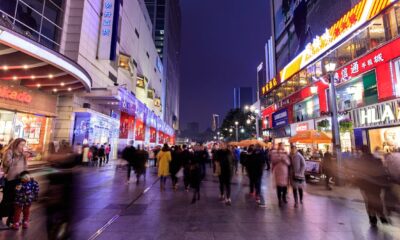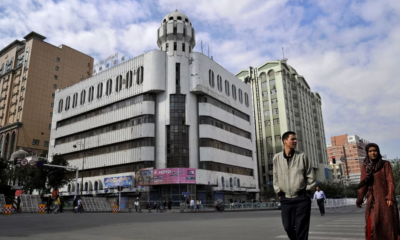China
Argentina inks 1.8 bln USD agreements
Argentine President Cristina Fernandez Saturday signed seven financial agreements which amount to about 1.877 billion U.S. dollars and aim to support education and technology, among others. Among the agreements, four were inked with the Inter-American Development Bank (IDB), two with the Andean Development Corporation (CAF) and another one with the World Bank (WB). The agreements with the IDB have a value of 4.25 billion Argentine pesos (about 1.07 billion dollars). They aim to promote edu …
Argentine President Cristina Fernandez Saturday signed seven financial agreements which amount to about 1.877 billion U.S. dollars and aim to support education and technology, among others.
Among the agreements, four were inked with the Inter-American Development Bank (IDB), two with the Andean Development Corporation (CAF) and another one with the World Bank (WB).
The agreements with the IDB have a value of 4.25 billion Argentine pesos (about 1.07 billion dollars). They aim to promote education, technology innovation, agriculture, and the water supply and drainage systems in Argentina.
The two agreements with the CAF with a total value of 640 million dollars concern infrastructure works to improve the competitiveness of regional economies.
The agreement with the WB involves 175 million dollars which will be used for road construction in Argentina.
&$&$Source: Xinhua&$&$
Read more here:
Argentina inks 1.8 bln USD agreements
Reforms started in the late 1970s with the phasing out of collectivized agriculture, and expanded to include the gradual liberalization of prices, fiscal decentralization, increased autonomy for state enterprises, the foundation of a diversified banking system, the development of stock markets, the rapid growth of the non-state sector, and the opening to foreign trade and investment.
The Chinese government faces numerous economic development challenges, including:
(a) reducing its high domestic savings rate and correspondingly low domestic demand through increased corporate transfers and a strengthened social safety net;
(b) sustaining adequate job growth for tens of millions of migrants and new entrants to the work force; (c) reducing corruption and other economic crimes; and
(d) containing environmental damage and social strife related to the economy’s rapid transformation.
The People’s Republic of China is the world’s second largest economy after the United States by both nominal GDP ($5 trillion in 2009) and by purchasing power parity ($8.77 trillion in 2009).
Nevertheless, key bottlenecks continue to constrain growth.
The country is one of the world’s largest producers of a number of industrial and mineral products, including cotton cloth, tungsten, and antimony, and is an important producer of cotton yarn, coal, crude oil, and a number of other products.
A report by UBS in 2009 concluded that China has experienced total factor productivity growth of 4 per cent per year since 1990, one of the fastest improvements in world economic history.
By the early 1990s these subsidies began to be eliminated, in large part due to China’s admission into the World Trade Organization (WTO) in 2001, which carried with it requirements for further economic liberalization and deregulation.
China now ranks as the fifth largest global investor in outbound direct investment (ODI) with a total volume of $56.5 billion, compared to a ranking of 12th in 2008, the Ministry of Commerce said on Sunday.
China’s ODI growth witnessed strong momentum this year.
China is aiming to be the world’s largest new energy vehicle market by 2020 with 5 million cars.
China’s challenge in the early 21st century will be to balance its highly centralized political system with an increasingly decentralized economic system.
Despite initial gains in farmers’ incomes in the early 1980s, taxes and fees have increasingly made farming an unprofitable occupation, and because the state owns all land farmers have at times been easily evicted when croplands are sought by developers.
China is the world’s largest producer of rice and wheat and a major producer of sweet potatoes, sorghum, millet, barley, peanuts, corn, soybeans, and potatoes.
Horses, donkeys, and mules are work animals in the north, while oxen and water buffalo are used for plowing chiefly in the south.
Offshore exploration has become important to meeting domestic needs; massive deposits off the coasts are believed to exceed all the world’s known oil reserves.
There are large deposits of uranium in the northwest, especially in Xinjiang; there are also mines in Jiangxi and Guangdong provs.
China also has extensive hydroelectric energy potential, notably in Yunnan, W Sichuan, and E Tibet, although hydroelectric power accounts for only 5% of the country’s total energy production.
Before 1945, heavy industry was concentrated in the northeast (Manchuria), but important centers were subsequently established in other parts of the country, notably in Shanghai and Wuhan.
Business
HSBC Chairman to Head Key UK Business Delegation to China

HSBC Chairman Mark Tucker will lead a UK business delegation to China next month to boost trade and investment, amid concerns over national security and improving UK-China relations.
HSBC Chairman Leads UK Delegation to China
HSBC Chairman Mark Tucker will lead a pivotal British business delegation to China next month, marking the first significant visit since 2018. The trip aims to enhance Chinese investment in the UK, guided by Chancellor Rachel Reeves. Tucker, a seasoned financier with extensive Asia experience, is regarded as essential in resetting UK-China relations.
Reviving Economic Dialogue
Tucker will accompany senior bankers in seeking to rejuvenate trade, specifically focusing on financial services. Although there are apprehensions among some UK lawmakers regarding national security threats posed by closer ties to Beijing, the UK Treasury spokesperson confirmed Chancellor Reeves’ upcoming discussions on economic cooperation in Beijing.
A Shift in UK-China Relations
Since suspending most dialogues following China’s imposition of a national security law in Hong Kong, UK-China relations have soured. Nevertheless, the Labour government is prioritizing improved ties with China, emphasizing investment opportunities. Reeves asserts the necessity of a pragmatic approach to benefitting national interests amid ongoing concerns voiced by some lawmakers about security risks.
Source : HSBC Chairman to lead pivotal UK business delegation to China
China
China’s November 2024 Economy: Navigating Mixed Signals and Ongoing Challenges
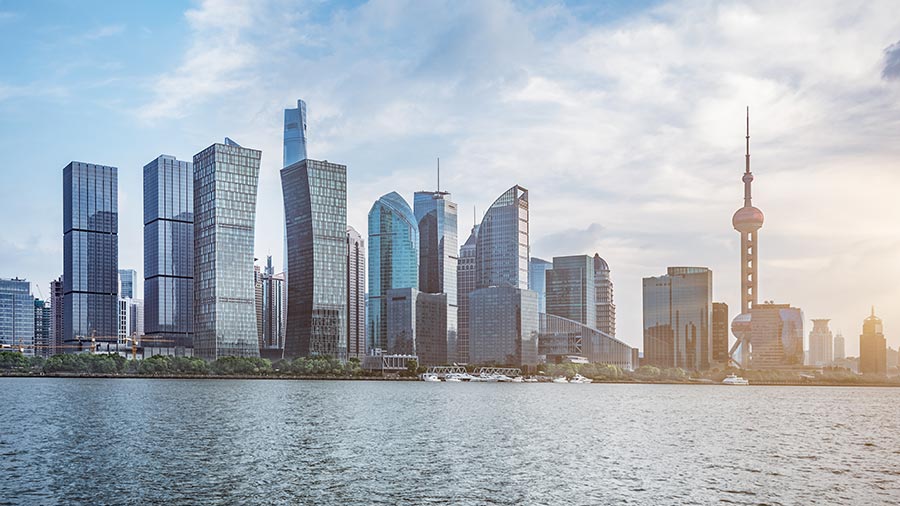
In November 2024, China’s economy exhibited mixed results: industrial production rose by 5.4%, while retail sales grew only 3%, below forecasts. Fixed asset investment also faltered. Policymakers are anticipated to introduce measures to stimulate domestic demand and combat deflation.
China’s economy showed mixed performance in November 2024, with industrial production and exports showing resilience, while retail sales and fixed asset investment underperformed, amid ongoing challenges in the property sector. Policymakers are expected to implement targeted fiscal and monetary measures to boost domestic demand and address deflationary pressures.
The National Bureau of Statistics (NBS) has released China’s economy data for November 2024, revealing a mixed performance across key indicators. Retail sales grew by 3 percent year-on-year, a significant slowdown from October’s 4.8 percent growth and well below the 4.6 percent forecast. Industrial production, however, showed resilience, rising by 5.4 percent and exceeding expectations of 5.3 percent growth.
The property sector continued to drag on the broader economy, with real estate investment contracting by 10.4 percent for the January-to-November period, further highlighting the challenges in stabilizing the sector. Fixed asset investment also fell short of expectations, growing by 3.3 percent year-to-date, down from 3.4 percent in October.
In November, China’s industrial value added (IVA) grew by 5.4 percent year-on-year (YoY), slightly accelerating from the 5.3 percent recorded in October. This modest improvement reflects continued recovery in key industries, supported by recent stimulus measures aimed at stabilizing the economy.
The manufacturing sector led the growth, expanding by 6.0 percent YoY, while the power, heat, gas, and water production and supply sector grew by 1.6 percent. The mining industry posted a 4.2 percent YoY increase. Notably, advanced industries outpaced overall growth, with equipment manufacturing and high-tech manufacturing rising by 7.6 percent and 7.8 percent YoY, respectively, underscoring the resilience of China’s innovation-driven sectors.
Key product categories showed robust output gains in November:
From January to November, IVA increased by 5.8 percent YoY, maintaining steady growth over the year despite headwinds from a slowing property market and external uncertainties.
| This article was first published by China Briefing , which is produced by Dezan Shira & Associates. The firm assists foreign investors throughout Asia from offices across the world, including in in China, Hong Kong, Vietnam, Singapore, and India . Readers may write to info@dezshira.com for more support. |
Read the rest of the original article.
China
Ukraine war: 10% of Chinese people are willing to boycott Russian goods over invasion – new study
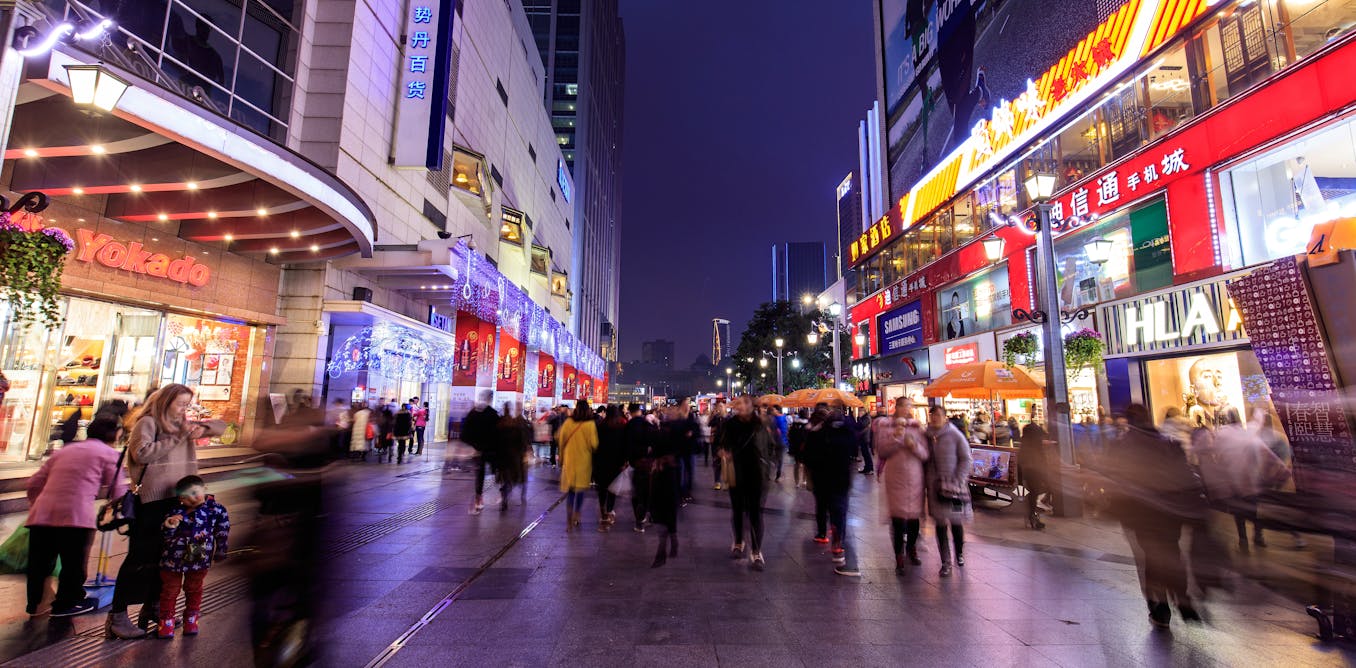
Since Russia’s 2022 invasion of Ukraine, some Chinese citizens express dissent through potential boycotts of Russian goods, reflecting a complex relationship despite government support for Russia.
Since Russia invaded Ukraine in 2022, the Chinese government has been criticised for its refusal to condemn the war. In 2024, the economic and diplomatic relationship between the two nations appears stronger than ever.
Because of strict censorship and repression imposed by the Chinese Communist Party (CCP), it is difficult to know the extent to which the general public shares their government’s support of Putin’s regime. But a newly published study I carried out with colleagues found that more than 10% of Chinese people surveyed were willing to boycott Russian goods over the war in Ukraine.
This is a surprisingly large figure, especially since existing surveys indicate that Chinese people hold a broadly positive view of their neighbour. We used a representative sample of 3,029 Chinese citizens for this research, to dig into public attitudes to Russia. The survey was done in 2022 after the Ukraine invasion.
We were aware that due to widespread censorship, our participants might not be willing to give honest answers to questions about Russia’s actions in Ukraine. They might also not feel safe to do that in a regime where disagreement with the CCP’s position is often met with harsh punishment. This is why we asked them to tell us if they would be willing to boycott Russian products currently sold in China.
We felt this question was a good indicator of how much the participants disapproved of Russian foreign policy in Ukraine. More importantly, we were also curious to find out whether Chinese citizens would be willing to take direct political action to punish Russia economically for its aggressive behaviour.
In our study, we split respondents into the three different ideological groups in China: “liberals”, who support the free market and oppose authoritarianism; “the new left”, who sympathise with the policies pursued in China under Mao Zedong; and “neo-authoritarians”, who believe the Russian-Ukrainian conflict is an extension of the rivalry between authoritarian China and the liberal United States. These groups were based on the main political beliefs in China.
We found that liberals were most likely to say they were willing to boycott Russian products. Liberals believe that China should work with, rather than against, western democracies. They also place a high value on human rights and democratic freedoms. Because of their beliefs, they are likely to think that Russia’s actions against Ukraine were unprovoked, aggressive and disproportional.
Chinese and Russian economic and diplomatic relations seem closer than ever in 2024.
American Photo Archive/Alamy
The new left and neo-authoritarians we surveyed were more supportive of Russian products. The new left see Russia as a close ally and believe that Nato’s expansion in eastern Europe was a form of aggression. Neo-authoritarians, on the other hand, believe that supporting Russia, an allied autocracy, is in China’s best interest.
Boycotting Russian goods
Asking Chinese participants if they are willing to boycott Russian products might seem like a simple matter of consumer preferences. However, our study reveals a great deal about the way in which regular citizens can express controversial political beliefs in a repressive authoritarian regime.
Boycotting products of certain companies has long been studied in the west as a form of unconventional political action that helps people express their beliefs. However, in the west, boycotting certain products is simply one of many ways people are able to take political action. In a country such as China, boycotting a Russian product might often be the only safe way to express disagreement with the country’s actions.
This is because citizens do not have to tell others they chose not to buy a product, and their actions are unlikely to attract the attention of the authorities.
Since Russian goods are readily available to Chinese consumers and China is encouraging more Russian exports to reach its market, the Russian economy could be significantly affected by an organised boycott campaign in China. The considerable level of support for a boycott expressed by some of our participants, as well as previous acts of solidarity with Ukraine in China, suggest that such a campaign could already be taking place in the country.
This could harm Russia because it regularly exports a number of different products such as meat, chocolate, tea and wine to China. These goods made up 5.1% of China’s total imports in 2023 – and this figure is likely to increase if Russia becomes more isolated from the west, and therefore more dependent on China for its trade.
While 5.1% of the Chinese market might seem like a low figure, China is home to over 1.4 billion people. In this context, even a small boycott could result in a serious loss to Russian companies.
Our research shows that Chinese citizens don’t always support the official position of the communist party. It also shows that many people there will express even the most unpopular political opinions – if they can find a safe way to do it.
This article is republished from The Conversation under a Creative Commons license. Read the original article.



